Mount Everest Has Claimed Over 300 Lives
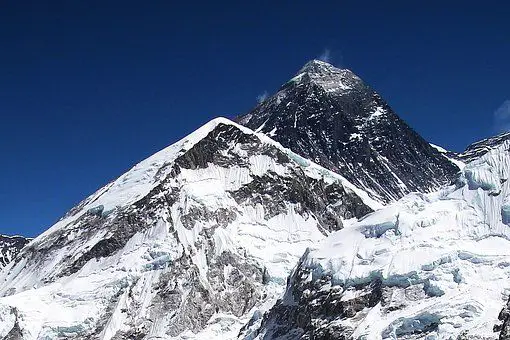
Mount Everest is the highest peak in the world with an elevation of 29,029 feet above sea level. Located in the Himalayas, on the border between Nepal and Tibet, this mountain has attracted numerous climbers since the first successful ascent in 1953 by Sir Edmund Hillary and Tenzing Norgay.
However, with the thrill of adventure comes the risk of danger and death. Mount Everest has claimed over 300 lives since the early attempts to climb it, making it one of the deadliest mountains in the world.
This article will explore the reasons why Mount Everest has claimed so many lives and examine some of the tragic events that have occurred on the mountain.
The History of Mount Everest
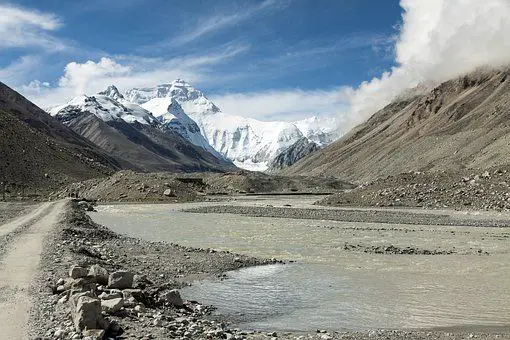
Mount Everest has been a source of fascination for climbers for centuries. The first recorded attempt to reach the summit was made in 1921 by a British expedition led by George Mallory.
Mallory famously responded to the question of why he wanted to climb Everest with the now-famous quote, "Because it's there." Unfortunately, Mallory and his climbing partner Andrew Irvine disappeared during their summit attempt and were not found until 1999. It is still unknown whether they reached the summit or not.
Numerous attempts were made to climb Everest in the following years, but it wasn't until 1953 that a successful summit was reached. Sir Edmund Hillary, a New Zealander, and Tenzing Norgay, a Sherpa from Nepal, reached the summit on May 29, 1953. Since then, thousands of climbers have attempted to climb Everest, with varying degrees of success.
The Dangers of High Altitude
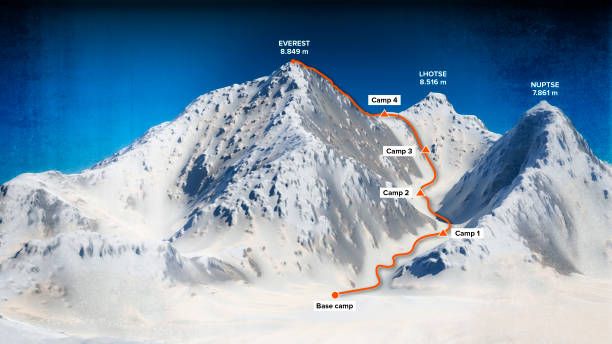
One of the main reasons why climbing Mount Everest is so dangerous is due to the high altitude. At the summit, the air pressure is only one-third of what it is at sea level, and the oxygen levels are extremely low.
This lack of oxygen can lead to a condition known as altitude sickness, which can cause headaches, nausea, dizziness, and even death in severe cases.
Climbers must acclimate to the high altitude by spending several days at base camp, which is located at 17,598 feet above sea level. From there, they make several trips up the mountain to progressively higher altitudes, allowing their bodies to adjust to the thin air.
However, even with this acclimatization process, the human body is not designed to function at such high altitudes, and climbers are still at risk of altitude sickness and other health problems.
Crowds and Congestion
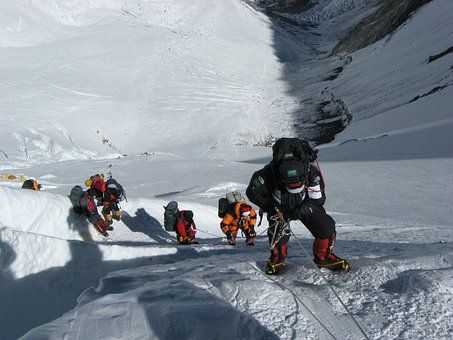
In recent years, there has been a significant increase in the number of climbers attempting to climb Everest. This increase has led to overcrowding on the mountain, particularly on the final stretch to the summit.
With so many climbers attempting to reach the summit at the same time, there is a significant risk of accidents and delays.
In 2019, there were reports of long lines of climbers waiting to reach the summit, leading to dangerous conditions and several deaths. Some climbers reported waiting for several hours in the sub-zero temperatures, which can lead to frostbite and hypothermia.
The crowds and congestion on the mountain have led to calls for stricter regulations on the number of climbers allowed on the mountain at any given time.
Weather Conditions
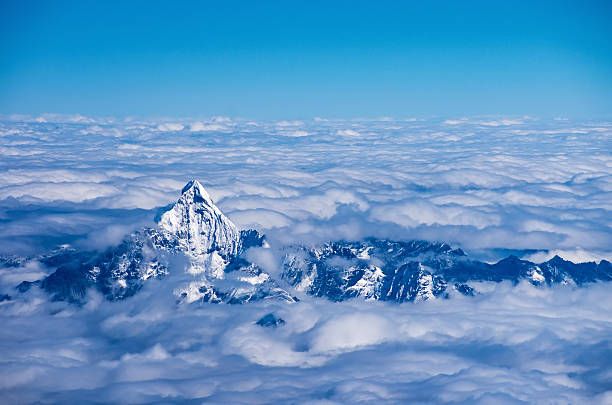
Another significant factor in the dangers of climbing Mount Everest is the weather conditions. The mountain is located in the Himalayas, which is known for its extreme weather patterns.
Climbers must contend with high winds, snowstorms, and sub-zero temperatures, which can lead to dangerous conditions and even death.
In May 1996, a tragic event occurred on Everest when a storm struck the mountain, trapping several climbing teams on the summit. The storm led to the deaths of eight climbers, including experienced guides and mountaineers.
The incident was later documented in the book "Into Thin Air" by Jon Krakauer, which shed light on the dangers of climbing Everest and the risks associated with poor weather conditions.
Lack of Experience and Training
Another reason why Mount Everest has claimed so many lives is due to the lack of experience and training of some climbers. In recent years, there has been a significant increase in the number of inexperienced climbers attempting to climb Everest, often with minimal training and experience.
Climbing Everest requires a high level of physical fitness, technical skill, and mountaineering experience. Inexperienced climbers who attempt the climb are at a significant risk of accidents and injuries, particularly if they do not have the necessary skills to navigate the mountain's steep and treacherous terrain.
Sherpa Fatigue and Loss
The Sherpas, an indigenous group of people who live in the Himalayas, are an integral part of the climbing community on Mount Everest. They are responsible for carrying heavy loads of equipment and supplies up the mountain, setting up camps, and assisting climbers on their ascent.
Unfortunately, Sherpas are also at a significant risk of injury and death while working on the mountain. In 2014, a massive avalanche struck the Khumbu Icefall, killing 16 Sherpas who were working to prepare the route for climbers.
The incident led to calls for better working conditions and compensation for the Sherpas who work on the mountain.
Environmental Concerns
Mount Everest is not only a dangerous mountain for climbers, but it is also facing significant environmental concerns. With the increase in the number of climbers attempting to climb the mountain, there has been a significant impact on the surrounding environment.
Litter, waste, and human excrement have been found on the mountain, leading to concerns about pollution and the impact on the delicate ecosystem in the surrounding area. In recent years, there have been efforts to clean up the mountain and reduce the impact of climbers on the environment.
Conclusion
Mount Everest is a challenging and dangerous mountain, and climbing it requires a high level of skill, experience, and preparation. Despite the risks, thousands of climbers continue to attempt to climb the mountain every year, drawn by the thrill of adventure and the desire to reach the highest point on Earth.
However, the dangers of climbing Everest are real, and the mountain has claimed the lives of over 300 climbers since the first attempts to reach the summit.
As the number of climbers attempting the climb continues to increase, it is essential that regulations and safety measures are put in place to reduce the risks and ensure the safety of those who attempt to climb this magnificent mountain.
Climbers Who Died on The Mountain Are Buried There
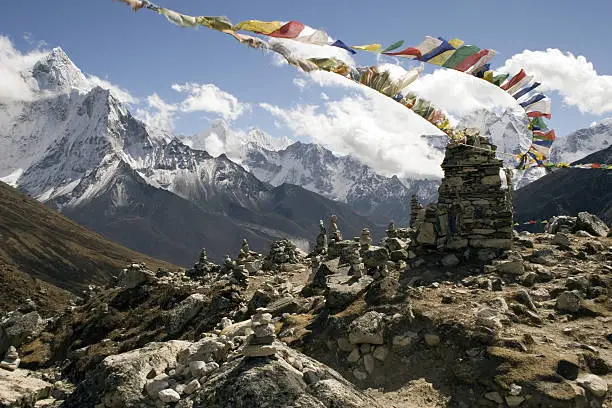
Thousands of climbers have attempted to reach the summit of this majestic mountain, but not all of them have made it back down. Those who die climbing Mount Everest are sometimes buried up there because bringing them down is dangerous and expensive.
The extreme conditions of Mount Everest are unforgiving, and many climbers who have attempted to reach the summit have lost their lives. The majority of deaths on Everest are due to altitude sickness, falls, avalanches, or weather-related incidents.
When a climber dies on the mountain, the first priority is to ensure the safety of the other climbers and the Sherpa guides who are part of the expedition. Recovering the body of the deceased is a secondary concern, as it can be dangerous and sometimes impossible to bring the body down.
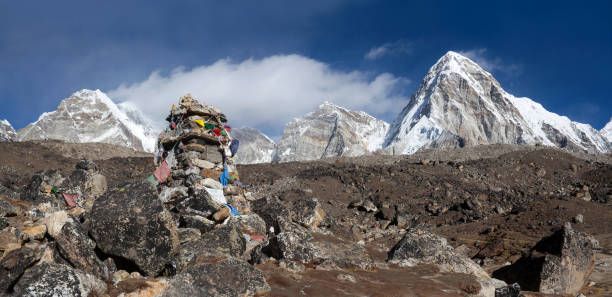
Transporting a body from the summit of Mount Everest is a challenging and expensive process. The altitude and harsh weather conditions make it difficult to airlift a body off the mountain, and there are no roads leading to the summit.
The only way to transport a body down is to carry it on foot, which is a difficult and strenuous process. The body would need to be carried by a team of Sherpas and climbers, who would have to risk their lives to do so.
Another factor that makes it difficult to bring a body down from Mount Everest is the high cost associated with the recovery mission. Helicopter rescue missions can cost tens of thousands of dollars, and transporting a body from the summit can be even more expensive.

The families of the deceased are often responsible for covering these costs, and for many, the cost of recovery is simply too high.
Because of these challenges, many climbers who die on Mount Everest are buried on the mountain. The bodies are typically buried in crevices or beneath the snow, with rocks or other objects used to mark the location of the burial.
This allows the body to remain on the mountain while also respecting the sanctity of the climb. The bodies of famous climbers such as George Mallory and Andrew Irvine, who disappeared while attempting to reach the summit in 1924, have never been found.
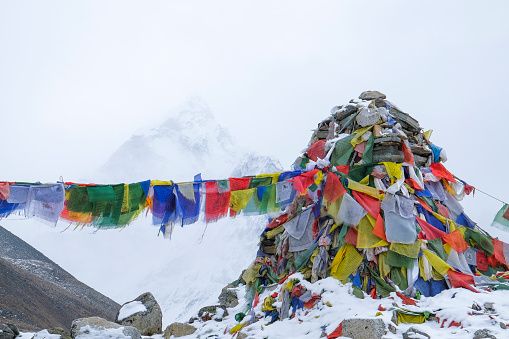
There are some who argue that leaving bodies on Mount Everest is disrespectful and poses environmental risks. The bodies can remain on the mountain for decades, and as the snow and ice melts, they can become exposed.
This can be an unpleasant sight for other climbers and can also create health risks. However, for many, leaving a body on the mountain is a way to honor the person's memory and recognize the risks that are inherent in climbing Mount Everest.
In conclusion, those who die climbing Mount Everest are sometimes buried on the mountain because bringing them down is dangerous and expensive. While leaving a body on the mountain can pose environmental and health risks, it is also a way to honor the person's memory and recognize the risks of climbing such a formidable peak.
Mount Everest remains one of the most challenging and awe-inspiring mountains in the world, and those who attempt to climb it do so at their own risk.
